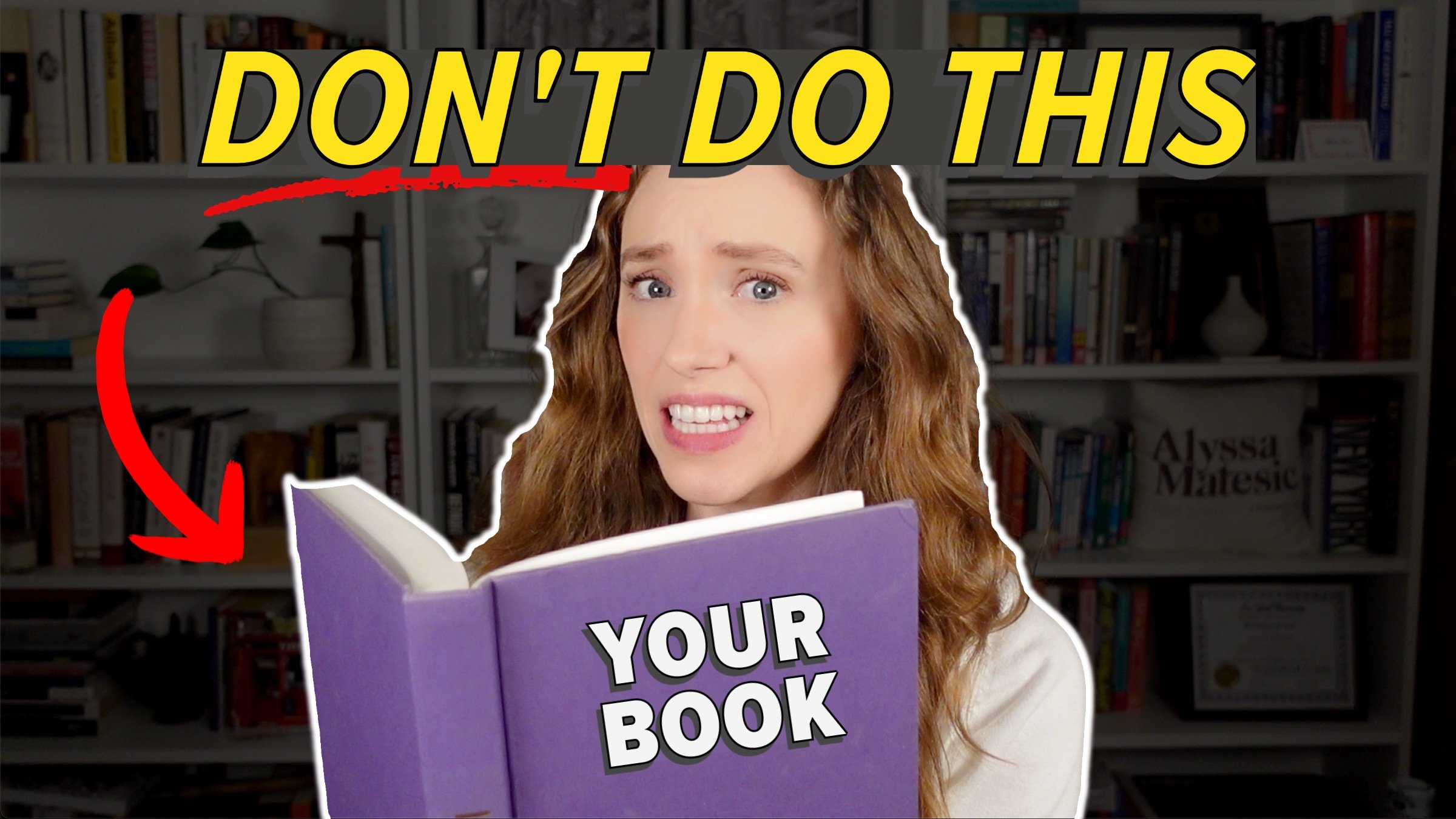Weak Writing to Banish From Your Manuscript
HIT PLAY OR READ THE POST BELOW:
You might have the best story idea in the world, a compelling set of characters, and a solid plot, but if your writing falls flat, then it's unlikely your story is going to resonate with readers, and it probably isn't going to end up being as successful as you hoped. But it takes a trained eye to be able to spot mistakes and pitfalls in prose, especially if you are evaluating your own, so I want to offer some tips on how to identify weak writing in your own manuscript. I’ll go over some examples of weak writing, along with edits I would make to strengthen the writing, so that you can see how to go through your own manuscript.
With this knowledge, you can go back to your writing with a fine-toothed comb and make sure that each and every sentence is serving its purpose and is as strong as possible. If there are sentences that are not pulling their weight, then you need to tweak them so they are or omit them entirely. Once you do that through the entire manuscript, your story will become much stronger.
Vague Character Descriptions
You want your characters to come alive and feel like layered, authentic human beings, as that will make a reader invested in your story. One of the most common areas of weak writing is vague character descriptions. This is where you try to describe one of your characters, but it still doesn’t tell the reader much about them or it's not the strongest way to convey that character’s persona.
For instance, you can list a series of adjectives to describe a character, but if we don't see those adjectives in action, we won’t actually understand how that character thinks, feels, and acts. If the character doesn’t actually act on those adjectives as well, then it will end up confusing the reader.
Here’s an example of a weak character description:
Cara was generous and kind.
The sentence is a little bland, and it would be more actionable if we got to see Cara’s generosity in action, such as through this edit:
On Ken’s first day at his new school, Cara noticed him sitting alone at lunch. Instead of sitting with her friends, she joined him and shared her mom's homemade cookies.
Simply saying that Cara is generous and kind is abstract; by showing us this specific example, we get to see her kindness in action, and it also gives us an insight into the beginnings of Cara and Ken’s relationship.
This transformation of weak character descriptions into something that is more robust is a version of the classic writing advice “show, don't tell.” Now, you don’t always have to abide by this rule. Sometimes you do need to tell us things in the story. But, when it comes to characterization, showing is often the more effective strategy to maximize your sentences’ impact, so go back through your own work and see if there are sentences where you can work in stronger, more specific character profiles.
Excessive Imagery
Sometimes writers, especially those who are newer in their craft, get hung up on the idea that their writing has to be effusively poetic or “literary.” As a result, they end up stacking a bunch of images on top of one another to describe something. However, this often has the opposite effect, making it more difficult for the reader to decipher what you're trying to get across. It can read as clunky and confused rather than intentional, which is why excessive imagery is one of the most common examples of weak writing.
Sometimes, using a single evocative image, metaphor, or analogy is stronger and more memorable to the reader than stacking a bunch of them into one passage, so let's go through an example.
Her eyes were a deep forest green and shone like emeralds when the sun hit them. With more sparkles than a disco ball, they were the most beautiful eyes he'd ever seen.
Here we're seeing a number of stacked images, first the comparison of her eyes to the forest, then to emeralds, and finally to a disco ball. This passage is directing the reader’s attention in different places, which distracts from what her eyes actually look like.
Here’s an edit that makes this description simpler and more effective.
Her eyes were a deep forest green that shone when the sun hit them. They were the most beautiful he'd ever seen.
This passage gets pretty much the same idea across without stacking those additional images; we understand her eyes are green and shiny.
In general, you don't want to dwell too long on a specific description, because at some point the reader is just going to start skimming. Take a look through your own work and see if there are sections where you are maybe lingering too long on imagery.
Distracting Choreography
You might run into the tendency to over-describe what your characters are physically doing as they are talking or reflecting on something else. While it is important for the reader to have a sense of what’s going on physically in a scene, you want to give us just enough choreography that we understand what's going on without distracting us with too many references, which becomes weak writing. The key is to maintain a balance so that you aren’t taking the reader’s attention away from the important parts of the scene.
This example will help you see what I mean.
Cara and Ken walked hand in hand along the beach, feeling the ocean breeze on their faces.
“Do you think we'll ever come back here?” he asked, rubbing his thumb across hers.
“I hope so,” she replied, digging her toes into the sand.
They continued to walk steadily. As the sun set, they passed two surfers. Kara shifted her grip on Ken's hand and thought about bringing up engagement. Suddenly, she noticed a shark fin above the water's surface.
This passage has a few pieces of excessive choreography that can be taken out, making the scene move more swiftly and get to the drama of Kara seeing the shark fin quicker.
Cara and Ken walked hand in hand along the beach.
“Do you think we'll ever come back here?” he asked, rubbing his thumb across hers.
“I hope so.”
As they passed two surfers, Kara thought about bringing up engagement. Just as she was about to speak, she noticed a shark fin above the water’s surface.
This passage gets us through the scene a bit more smoothly and swiftly. I did keep the bit of Ken rubbing his thumb across Kara's, because that gives some tenderness to the moment and it helps us understand the dynamics between the two. However, the other piece of choreography of Kara digging her toes in the sand doesn't tell us much, so we can cut that. Similarly, we don't need to reiterate that they are continuing to walk, because the reader already presumes they are still walking.
As you go back through your scenes, make sure you are giving us some choreography, but not so much that it becomes distracting.
Overdone Sentiments
Conveying your character's emotions is critical to getting the reader invested in the story, but it is important that you don't veer into melodrama, which can turn the reader off and come across as inauthentic and not realistic.
As you write, take stock of your use of exclamation points, all caps, and ellipses. These visual shortcuts can come across as being overdone and signal weak writing. You don't need to lean on those elements–remember, when conveying extreme emotions, less is often more. Your reader is going to register the drama of the scene from what is taking place without these unnecessary formatting elements.
Let's look at an example.
“Oh my god, did you see that?!” Kara shrieked. “We have to find a lifeguard NOW!!”
Here, we have the combination of the question mark and exclamation mark with the first line and then the all caps with two exclamation marks in the second line. Visually, this feels excessive, and just by cutting back on the punctuation, it will read more professionally while still conveying the same emotion.
Here is how the revision would look.
“Oh my god, did you see that?” Kara shrieked. “We have to find a lifeguard!”
Here, we don't even need Kara to say “now” because it's implied, and I did keep the exclamation mark in the second line because it feels appropriate, but we certainly don't need two.
If you find yourself leaning into these elements when you are writing, try to see where you can cut away and still maintain the drama of the moment. If the scene feels flat without these typographical elements, it might be a sign that a deeper revision is needed.
Meaningless Details
As with the point about distracting choreography, you need to ensure that as the author you are only drawing the reader's attention to elements that are important to the scene. If you spend a lot of time dwelling on something that’s not relevant, it will clog up the flow of the story overall. This could include descriptions of mundane activities that aren't important to how the plot unravels or just unnecessary details in a scene description.
Here’s an example of what this could look like.
Cara and Ken arrived at the lifeguard station. The chair was white and worn down from years of use, but no one was there. About a yard away stood an impressively sized sand castle. Cara began to panic.
In this case, we really don’t need to know what the lifeguard’s chair looks like or that there’s a sandcastle nearby. So, as you go through a scene, ask yourself if this detail is important to what happens. If the answer is no, you can most likely omit it and your scenes will be much more streamlined.
Here’s a revision:
Cara and Ken arrived at the lifeguard station but no one was there. Cara began to panic.
This immediately moves the plot along. We didn't need those details at all!
I hope these examples and tips helped you train your own editorial eye so you can turn back to your manuscript and strengthen any areas of weak writing. I want you to feel empowered in your sentences and know that you can make sure each is purposeful and furthering your story.
Thank you so much for reading and happy writing!





